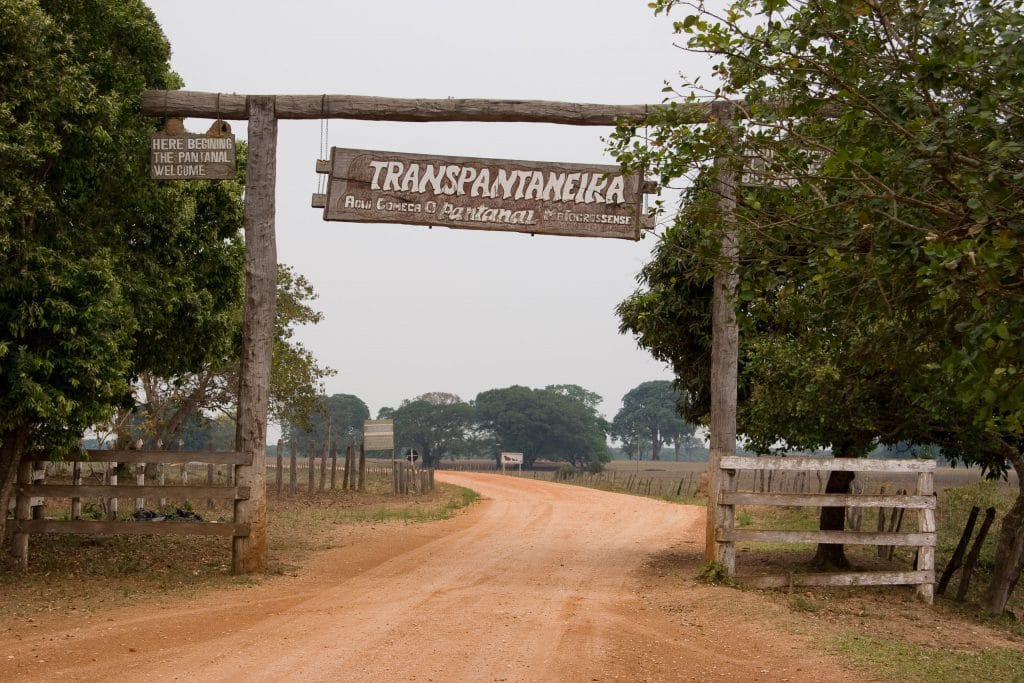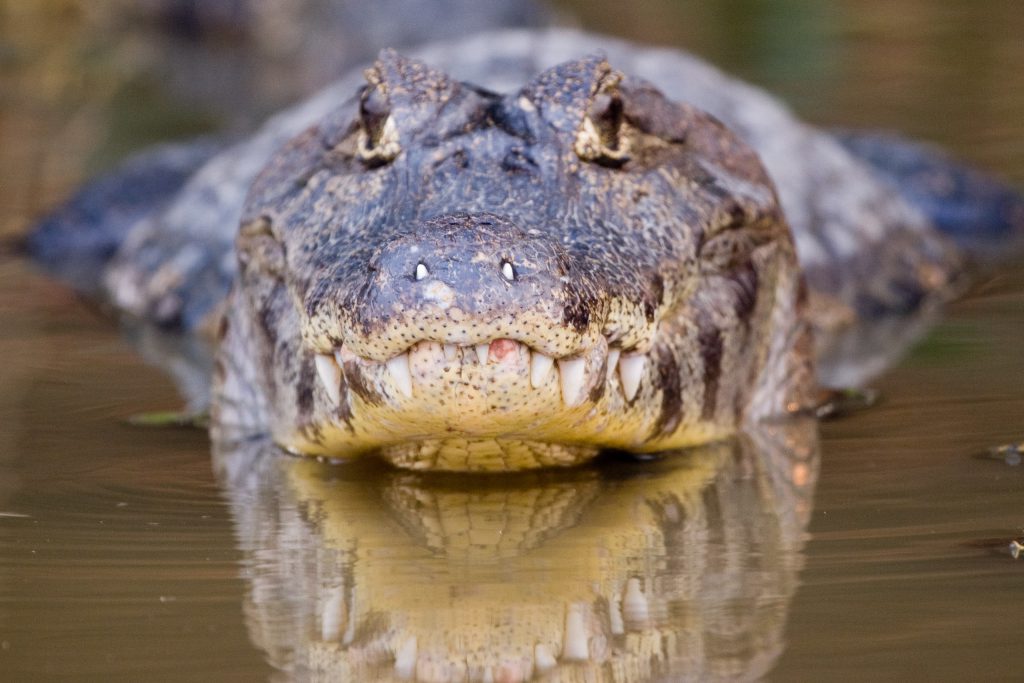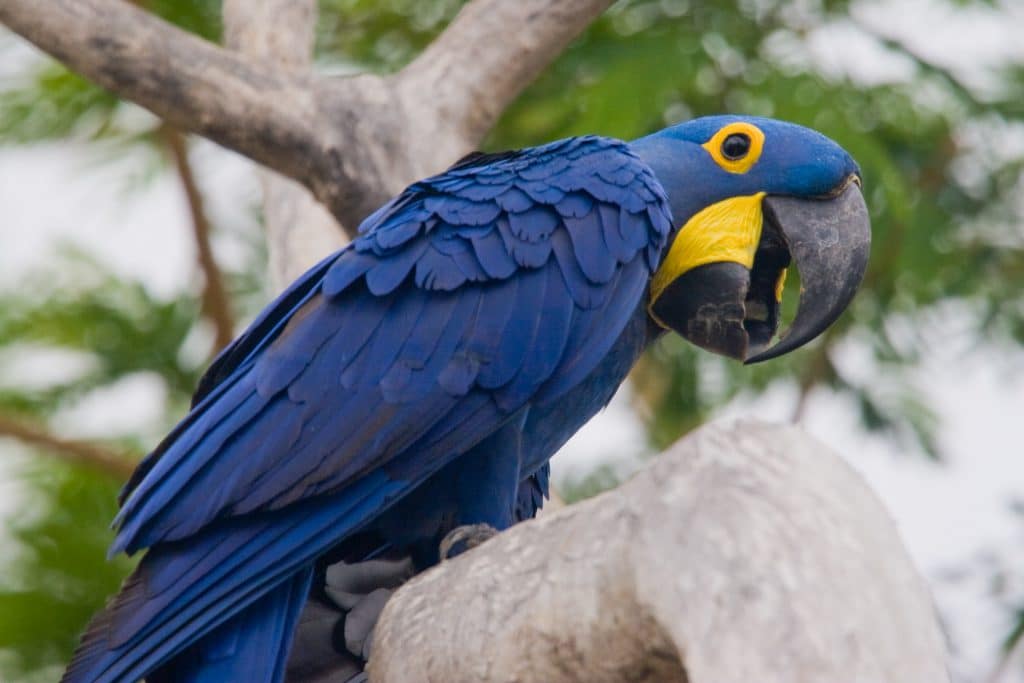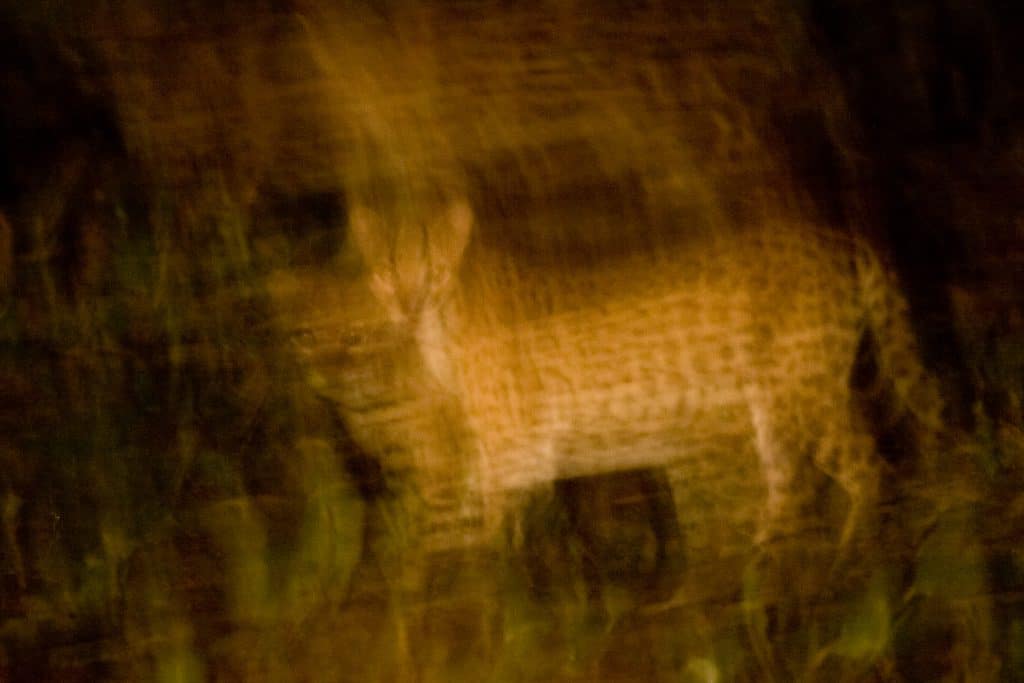


Much of the wildlife, though, is hard to miss, and a real treat is in store at the next fazenda, Pousada Sao Cristovao on the banks of the Bento Gomes river. In a boat expertly punted by Joao, we noiselessly glide past caimans with their jaws agape (to dry out leeches lodged in their mouths), families of capybaras nervously looking out for jaguars, spoonbills, pink like flamingos, swishing their bills from side to side, and giant jabiru storks perched high up on the trees against the setting sun. The magical silence is broken only by the distant roar of a howler monkey and the occasional splash of a caiman catching a piranha.
The next day, we get a chance to go piranha fishing ourselves. Judy has brought rods and chunks of beef, and I can feel them nibbling at the end of the string. But while Judy catches one after another, I only manage to feed the fish. That evening, though, I do catch one, but wish I hadn’t. Judy has taken us for a boat night safari, shining a strong torch at the riverbank. We have almost given up when we chance upon a magnificent ocelot taking a drink. Blinded by the light, the cat stays frozen, when suddenly a piranha lands in the boat, flapping noisily and sending the two Dutch ladies in our group screaming. Instinctively, I grab the fish and throw it out – but the ocelot has disappeared.
